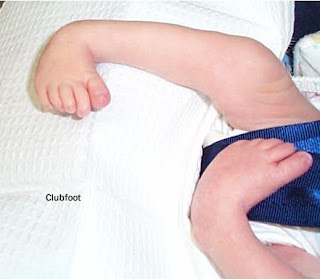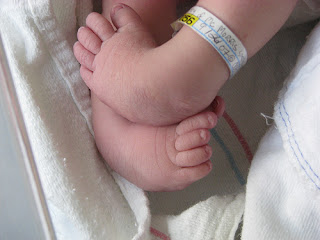 |
| Image from kobieta.pl |
Fever is the body temperature rising abnormally. Febrile or fever is generally interpreted in body temperature above 37.2 º C.
Range of different types of fever
Type of fever that may be encountered include:
1. Septic fever
Temperature gradually rose to the level that high once at night and fall back to the level above normal in the morning. Complaints are often accompanied by chills and sweating. When high fever is down to the level of a normal fever is also called hectic.
2. Fever remittances
Body temperature can go down every day but never reached normal body temperature. Causes may be recorded temperatures can reach two degrees and no temperature differences were noted for septic fever.
3. Intermittent fever
Body temperature dropped to the level of normal for several hours in a day. When the fever as it occurs within two days once called tersiana and if there are two free days of fever between the two bouts of fever called kuartana.
4. Continuous fever
Temperature variations throughout the day did not differ by more than one degree. At the level of persistent high fever once called hyperpyrexia.
5. Cyclic fever
An increase in body temperature for several days, followed by a period free of fever for several days followed by a rise in temperature as before.
A type of fever is sometimes associated with a particular disease such as type of intermittent fever for malaria. A patient with symptoms of fever may be connected immediately with an obvious cause such as abscesses, pneumonia, urinary tract infections, malaria, but sometimes simply can not be connected immediately with an obvious cause. In practice 90% of the patients with fever who had just experienced, is primarily a self-limiting illness such as influenza or other similar viral diseases. But this does not mean we do not have to remain vigilant against bacterial infection.
Causes of fever
The cause of fever besides infection can also be caused by circumstances toxemia, malignancy or a reaction to the drug, also in disorders of the central temperature regulation center (eg, cerebral hemorrhage, coma). Basically to achieve the required accuracy of diagnosis of the causes of fever include: accuracy of patient medical history taking, physical examination execution, observation of the disease course and laboratory evaluation. and other appropriate support and holistic.
Some specific things to look for in a fever is a fever ways, the old fever, high fever as well as complaints and symptoms that accompany fever lian.
Undiagnosed fever is a condition where a patient has a fever continuously for 3 weeks and the body temperature above 38.3 degrees Celsius and still has not been obtained even though the cause has been studied intensively for one week by means of laboratory and other medical support.
Sign and Symptoms
1. Body temperature over 37.2º C
2. Sweating
3. Elevated Respiratory
4. Shivering
Therapy
1. Antipyretic
2. Antibiotics, according to program
3. Avoid alcohol or ice pack






